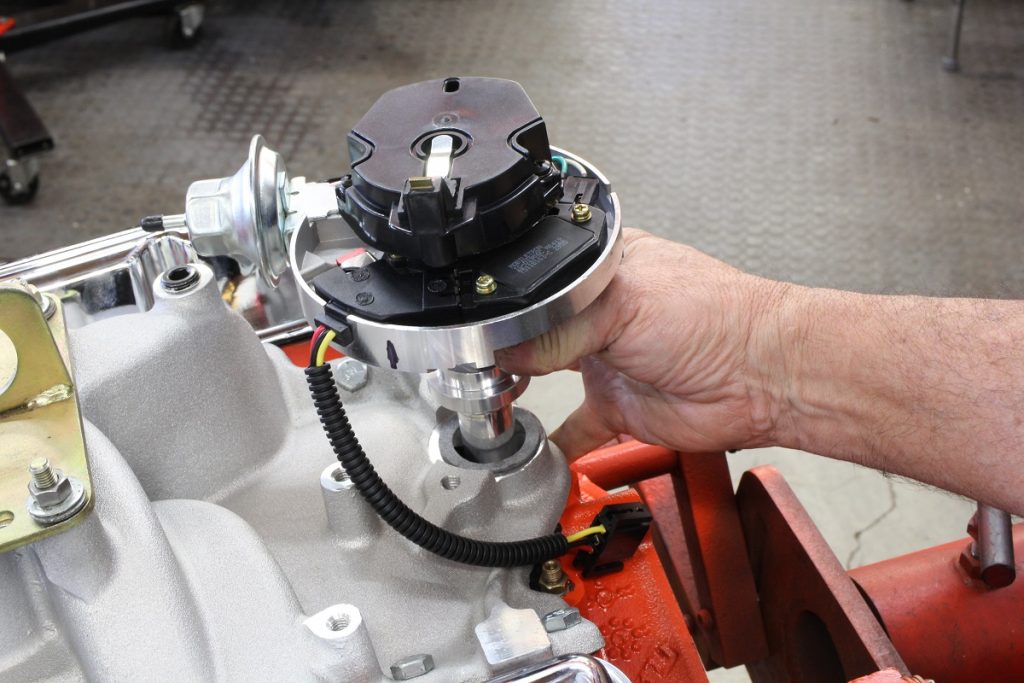

RACE IDLE CAM 350 PRO
Tellingly, when engine builder Chuck Lawrence received the order to bestow a 520cu in big-block Ford with the sound of a Pro Stock engine, he replaced the normal 112LSA hydraulic roller cam with one of 108LSA. Alternatively, if you are running a bigger camshaft to gain maximum top-end power, cam makers often suggest reducing the lobe separation angle to recover power lost in the lower rev range.”

Widening their separation angle helps increase upper rpm power output. If a street car has smaller lift (the amount the valve lifts off its seat) and duration numbers (the degrees of crankshaft rotation for which the valve is held open) they might run 112 or 114. “Lobe separation angles,” he continues, “are influenced by the camshaft grind. Nitrous engines, which make plenty of power and torque, often run wide lobe separation angles to moderate cylinder pressures and temperatures. Typically, narrower lobe separation develops peak torque at lower rpm and widening the separation tends to build peak torque higher in the rpm range. On a naturally aspirated engine, the lobe separation angle has an effect on whether the engine reaches peak torque a little earlier or later in the rpm range. “Changing the lobe separation angle,” says Doug Patton of Pro Line Race Engines, “changes the amount of overlap that exists during the time the intake and exhaust valves are both open. Supercharged engines typically benefit from a wider LSA because they don’t require as much overlap for exhaust scavenging as does the naturally aspirated engine. The primary function of narrow lobe separation is to impel urgent acceleration off the turns when the throttle is opened.Ī wider LSA, on the other hand, reduces valve overlap, offering better idle and cruising qualities. Some engine specialists refer to it as that 106 sound-the NASCAR and short track oval sound where preferred lobe separation is usually specified between 104 and 106 degrees. The narrower separation makes the engine sound choppier.

It affects the amount of valve overlap that is the brief period of time when both the intake and exhaust valves are open.Ī narrower LSA adopts more overlap and with it a lumpier idle and a narrower more specific power band. The lobe separation angle is the angle in camshaft degrees between the maximum lift points, or centerlines, of the intake and exhaust lobes. The lobe separation angle or LSA is the angle in camshaft degrees between the maximum lift points, or centerlines, of the intake and exhaust lobes.


 0 kommentar(er)
0 kommentar(er)
